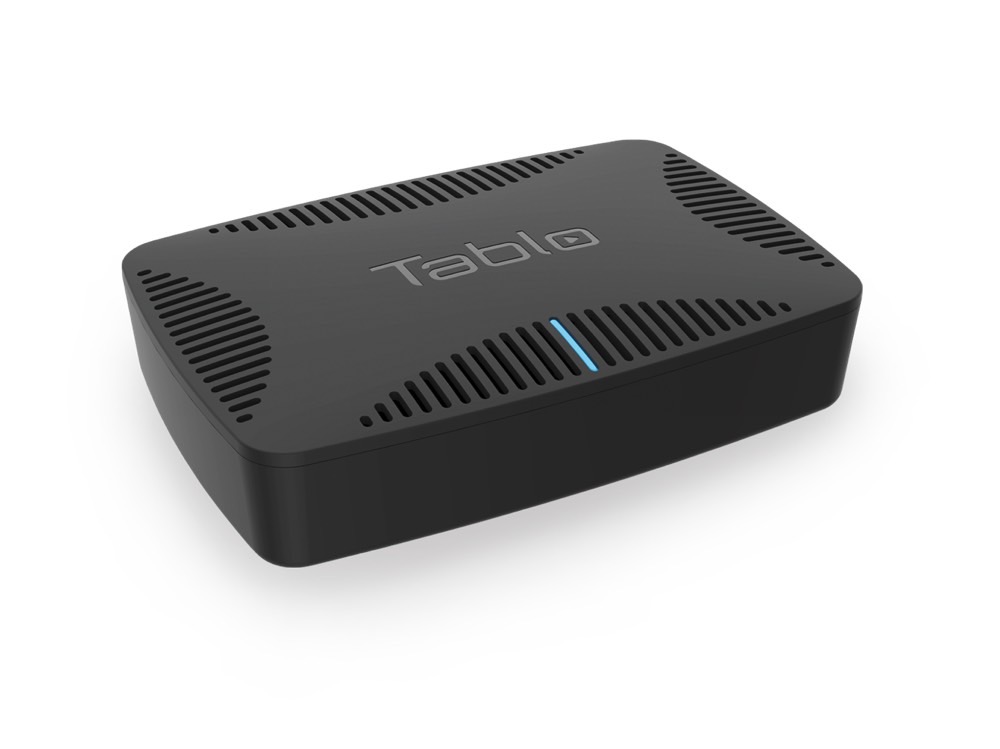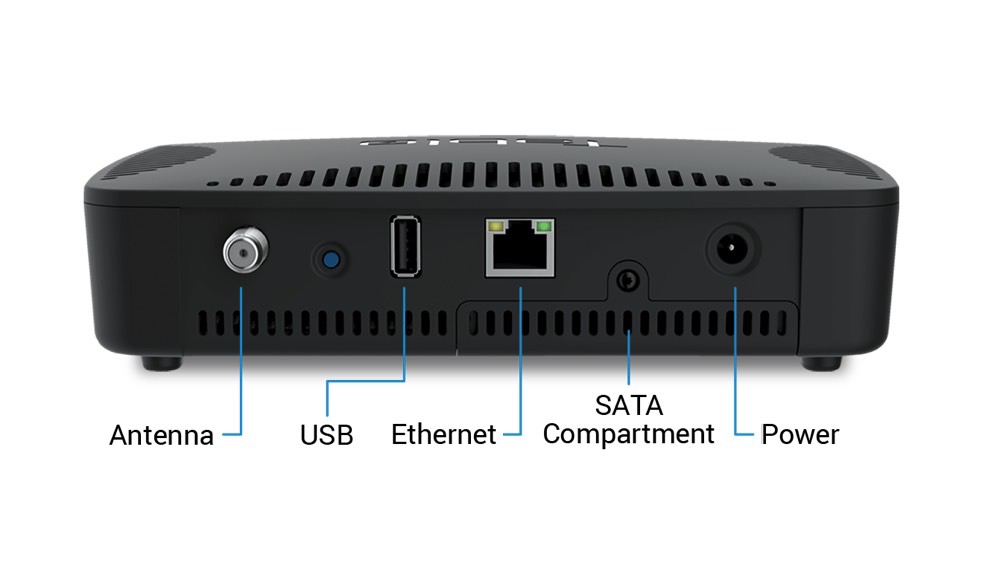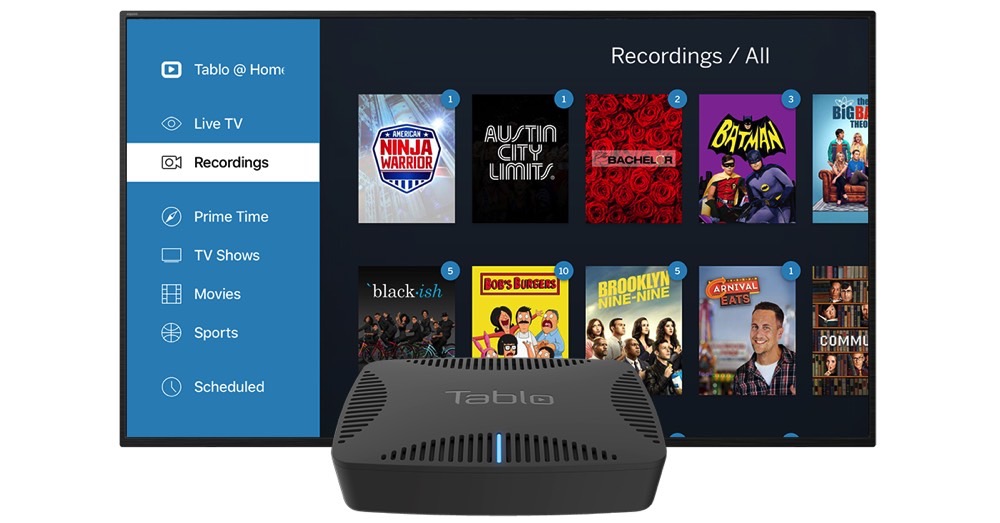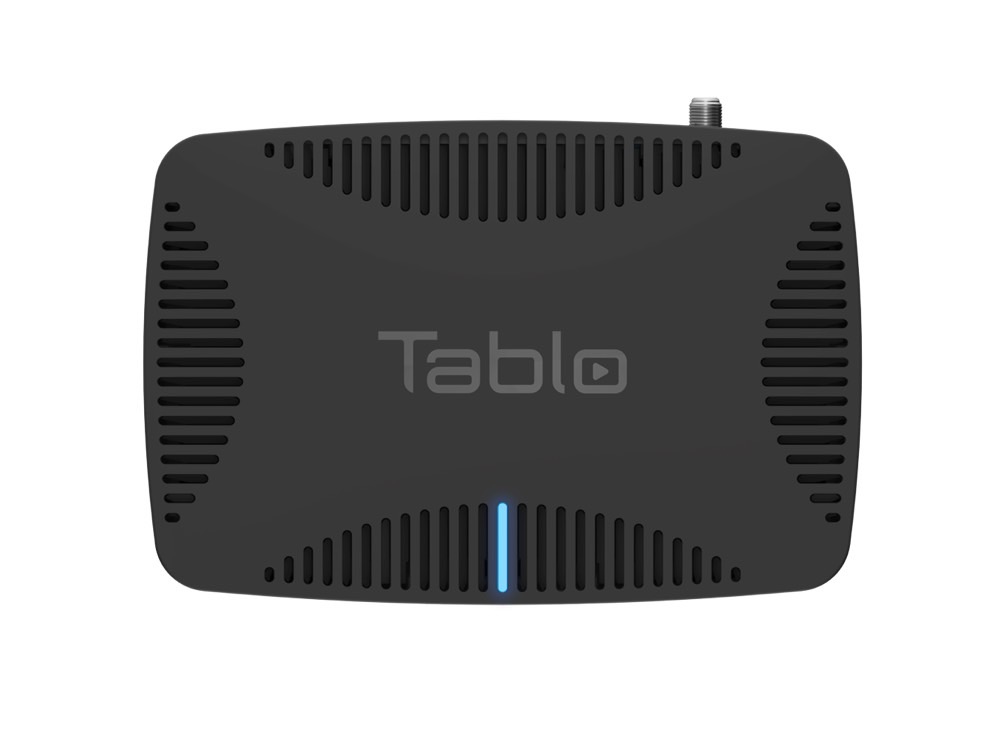The best part about watching an on-demand streaming service like Netflix, or Amazon Video (other than the on-demand bit) is the lack of commercials. It’s such a big benefit that going back to traditional broadcast TV feels like going back in time. Obviously, there’s no way to skip the ads on live TV (or on ad-supported streaming services like YouTube, Hulu, etc.), but if you’ve got a DVR, skipping ads when watching recorded shows becomes a reflex — your thumb poised over the skip button, ready to press it the moment you feel the inevitable end of an act about to occur.
More CES 2019 coverage
- This futuristic autonomous pod hotel drives you around as you sleep
- Food 2.0: Impossible Foods is back with a bloody new non-beef burger
- Always wanted a personal robot? Misty II to ship in April for $2,400
- The coolest new gadgets and gizmos from the CES 2019 show floor
But what if recorded TV ads skipped themselves, automatically, and without any intervention on the part of the viewer? Well, that would make watching DVR-based recordings almost as good as watching Netflix. And if those DVR recordings came from free, over-the-air broadcasts? Now that’s a game changer, and it’s exactly what Tablo, a Canadian maker of OTA receivers, says it’s going to introduce as an open beta in March, for Tablo owners who subscribe to the company’s $5-per-month guide service.
Simply called Automatic Commercial Skip Feature, according to Tablo, it relies on “a cloud-based hybrid of digital signal processing (DSP) algorithms and machine learning. When enabled, pesky ads are accurately and automatically detected so Tablo apps on Roku, Amazon Fire TV, Android TV, and Apple TV can hop right past them.”

In Tablo’s screenshots, you can clearly see yellow sections of a recording’s timeline that have been flagged as commercials. If it works as described, it will be a significant advantage for Tablo. Even Tivo’s much-hyped Skip Mode can’t compete with automatic ad-hopping that works on all OTA recordings, regardless of the source.
Tablo also has some hardware news: A new, 4-tuner OTA receiver called the Tablo Quad. Expected to ship in March, for $200 ($260 in Canadian currency), the Quad shares the same design language as its Tablo Dual Lite and Dual 64GB stablemates, but is slightly larger. That extra space not only houses the extra two tuners — handy for households that watch a lot of TV but not necessarily on the same TV, or the same show — but also gives you room to install an up-to-8TB SATA hard drive internally.

There’s still the option to plug in external drives via the USB port, but having a clutter-free way to record your shows is very appealing. The Tablo Quad also gets improved gigabit Ethernet and Wi-Fi AC, which should help stabilize streaming especially when all four tuners are being accessed, assuming your router is AC-equipped.
We’re keen to try the Tablo Quad and its very cool auto-skip feature, and we’ll update our roundup of the best OTA receivers when we get the chance to do so.









